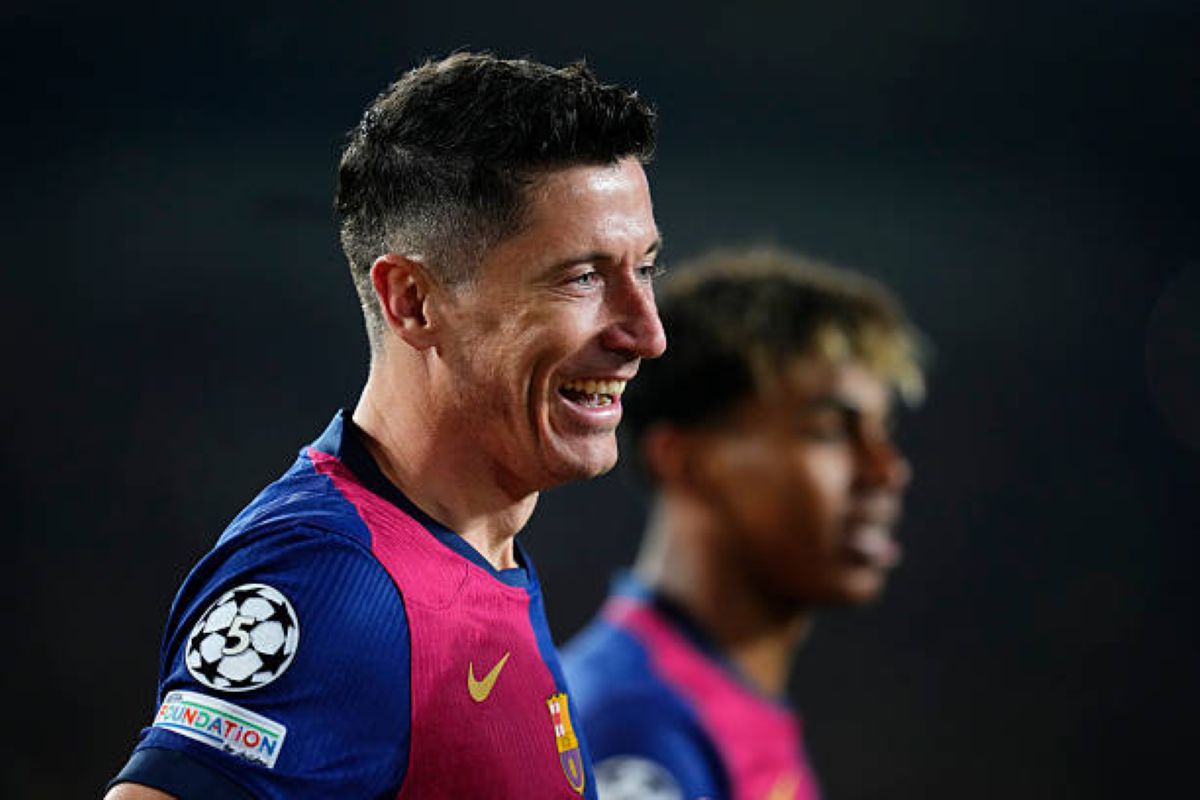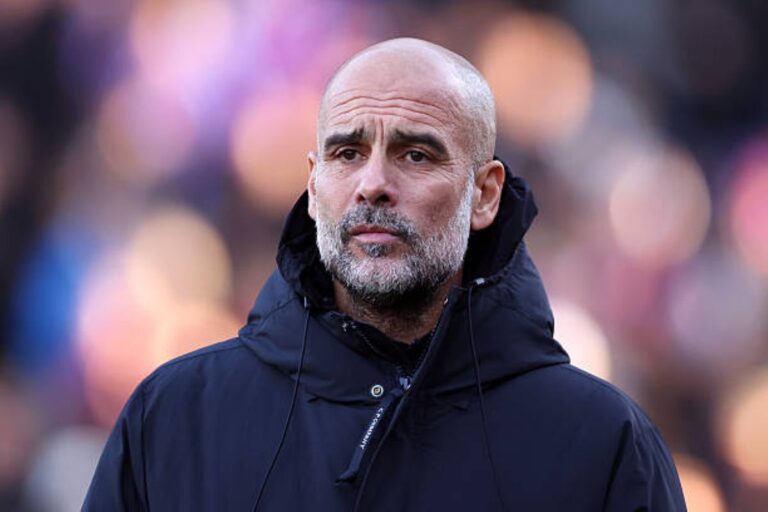Barcelona battled past Dortmund into the Champions League semis with a less-than-convincing display.
Their hard-fought win paves the way for a possible rematch against Bayern Munich or Inter Milan
Despite the absence of fluency in the spectacle, Barcelona’s determination prevailed.
With continental success fading further away in recent years, this is Barcelona’s chance to prove that they are still one of the continent’s best.
Here are the 5 things we learned from the match:
1. Midfield Was Overrun by Barcelona, Revealing a Lack of Control
One of the most recalled issues in the match was Barcelona’s failure to dominate the midfield.
Contrary to their usual possession football, they were unable to retain the ball when Dortmund was applying pressure, leading to frequent turnovers.
Frenkie de Jong, Gavi, and Fermin—traditionally the answer to dominating the game—were either being tightly marked or out of position, leaving huge gaps for Dortmund to exploit.
This failure to dominate resulted in Barcelona’s inability to build cohesive attacks, leading to rushed long balls or lateral passes.
2. Dortmund’s High Press Exposed Barcelona’s Build-Up Play
Borussia Dortmund’s intense press tore apart Barcelona’s back-to-front approach to play, a cornerstone of their philosophy.
Defenders Araújo and Koundé were reduced to desperate passes, and the midfielders were unable to offer steady passing avenues.
It resulted in wayward balls, giveaways in precarious positions, and an overall collapse of their attacking rhythm.
3. Slow Starts Become an Expensive Habit
Barcelona was behind within the first 10 minutes—a malady that has plagued them this season—and were immediately put on the back foot.
Early concessions place the side on the back foot, having to attempt to catch up, derailing their preferred measured style and exposing them to counterattacks.
In the Dortmund match, the early penalty swung the momentum totally, an already difficult comeback becoming virtually impossible.
This has been a pattern in other big games, suggesting a mental or tactical failure in preparation.
4. The Attack Wasn’t Innovative Without an Actual Playmaker
Barcelona could only muster a few shots at Dortmund’s goalkeeper, indicating their inability to breach a well-structured defense.
Their attacks appeared to be anticipated. Raphinha and Lamine Yamal, the wingers, were left alone, and Lewandowski was not well-served inside the box.
Even if they were able to create opportunities, the final pass or shot was missing.
5. The High Defensive Line Worked—Until It Didn’t
Barcelona’s deep defensive line caught Dortmund offside numerous times, proving that the tactic works if implemented well.
However, it also nearly caught them off guard a few times as Dortmund’s pacey forwards managed to outrun them.
A prompt through ball or an errant step could have led to yet another goal, revealing the weakness of this strategy.
Against high-pressing, counter-attacking teams, one mistake can be fatal.
The balance of aggression with defensive solidity—most probably by dropping slightly deeper at times or improving individual recovery tempo—will be crucial in the future.
Want to get the latest Barcelona news direct to your phone? Join our WhatsApp community by clicking here.




